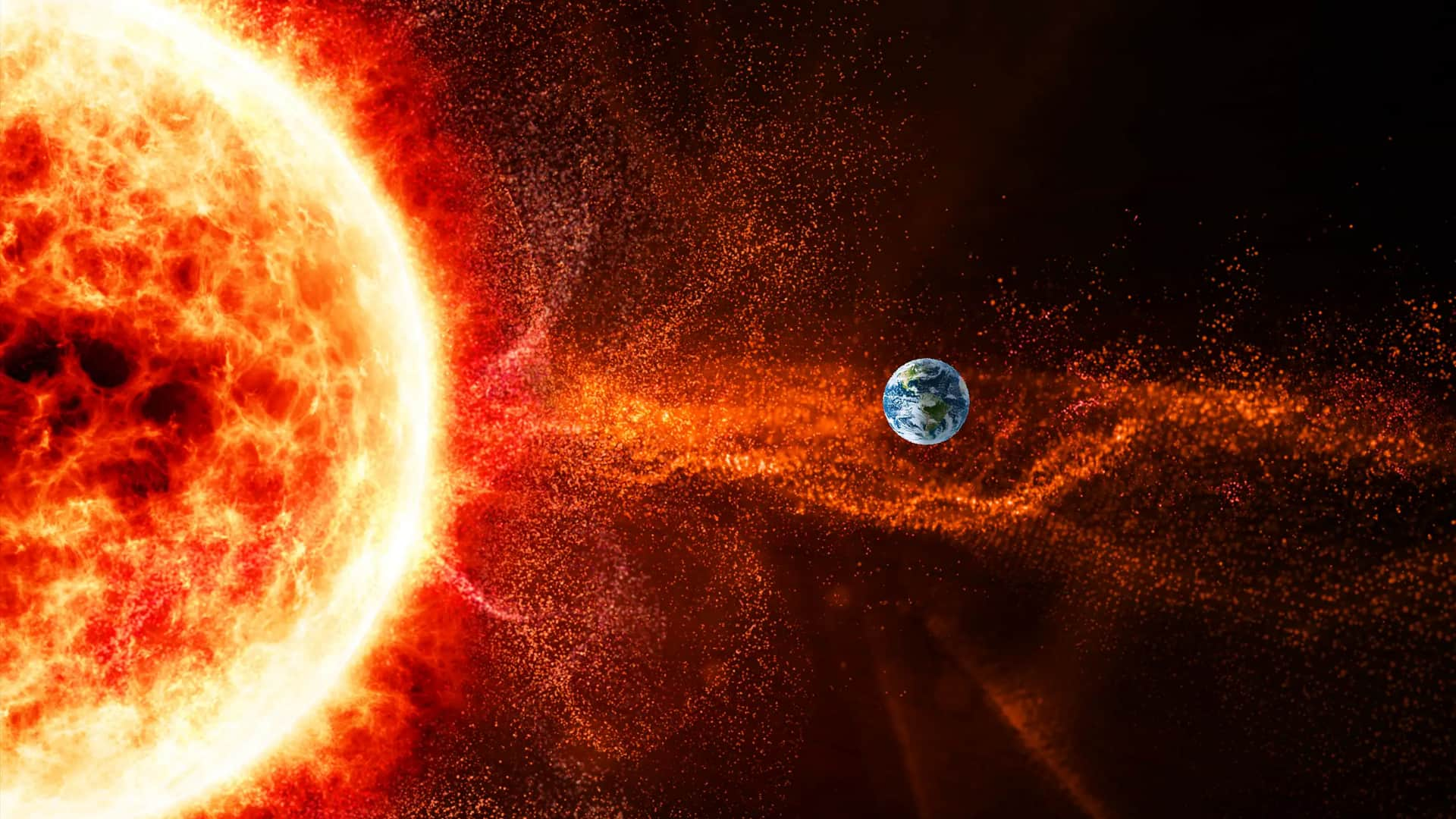
NASA planned for a big solar storm—then it really happened
What's the story
A year ago, NASA met with officials from around 30 US government agencies to discuss a possible threat from the Sun. The first Space Weather Tabletop Exercise was focused on preparing for a geomagnetic storm, a worldwide disturbance of Earth's magnetic field due to solar eruptions. Although hypothetical then, this simulation came true when Earth witnessed its first G5 or "severe" geomagnetic storm in over two decades on May 10, 2024.
Storm impact
The Gannon storm: A significant geomagnetic event
The Gannon storm, named after leading space weather physicist Jennifer Gannon, disrupted both Earth and space. On the ground, high-voltage lines tripped and transformers overheated in the Midwestern US. This caused GPS-guided tractors to veer off-course due to the storm's impact on GPS systems. In orbit, thousands of satellites experienced increased drag due to the expanded atmosphere caused by the storm's heat.
Atmospheric effects
Impact on Earth's atmosphere
The Gannon storm heated Earth's upper atmospheric layer, the thermosphere, to unusually high temperatures. This created a strong wind that lofted heavy nitrogen particles higher. The expanded atmosphere increased drag on thousands of satellites, with some, like NASA's ICESat-2, losing altitude and entering safe mode, while others needed more power to keep their orbits. The storm also drastically changed the structure of an atmospheric layer called the ionosphere.
Magnetosphere impact
Effect on Earth's magnetosphere
The Gannon storm also impacted Earth's magnetosphere, the magnetic bubble around our planet. Data from NASA missions observed giant, curling waves of particles along the edge of the Coronal Mass Ejections (CMEs). These waves generated the largest electrical current observed in the magnetosphere in 20 years by periodically dumping extra magnetic energy and mass into it on impact. The incoming energy and particles from the Sun also created two new temporary belts of energetic particles within this region.
Aurora effects
Gannon storm ignites auroras and affects Mars
The Gannon storm lit up auroras across the world, even in regions where these celestial light shows are uncommon. NASA's Aurorasaurus project received over 6,000 observer reports from over 55 countries and all seven continents. The solar active region that triggered the Gannon storm eventually rotated away from Earth and redirected its outbursts toward Mars, engulfing the Red Planet in auroras from May 14-20.